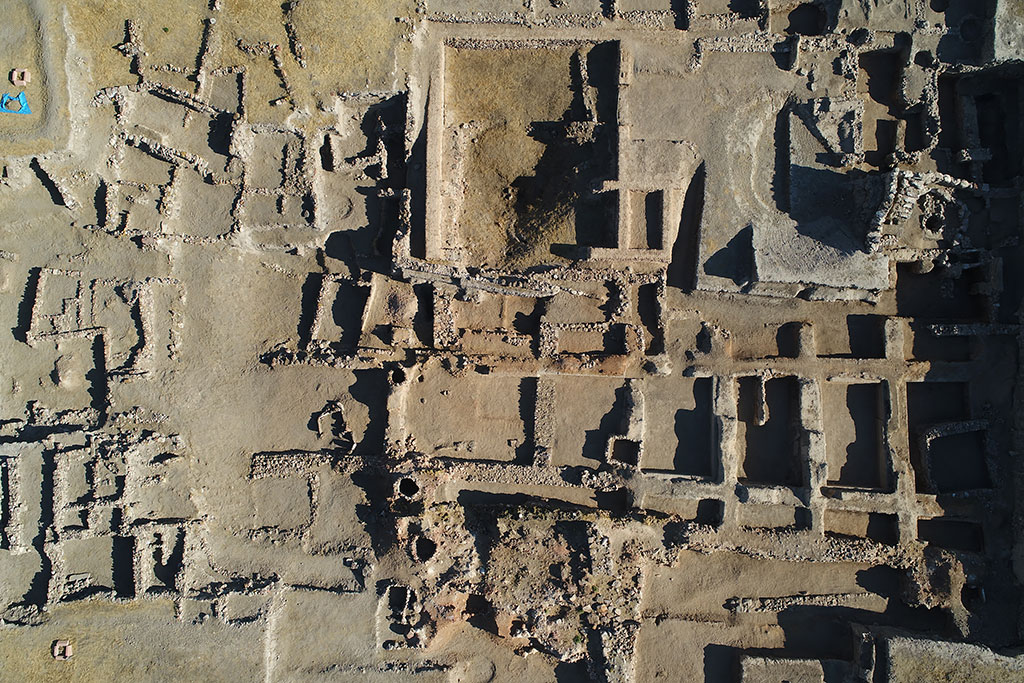
77th Year Excavations Begin at Kültepe Kanesh-Karum Archaeological Site, Tracing 6,000 Years of History
The 77th year of excavations is commencing at the Kültepe Kanesh-Karum Archaeological Site, where archaeological findings and documents dating back 6,000 years are being unearthed, known as “the place where Anatolian history began.” Excavation Head Prof. Dr. Fikri Kulakoğlu stated, “We are also trying to shed light on the period approximately 4,500 years ago. Before
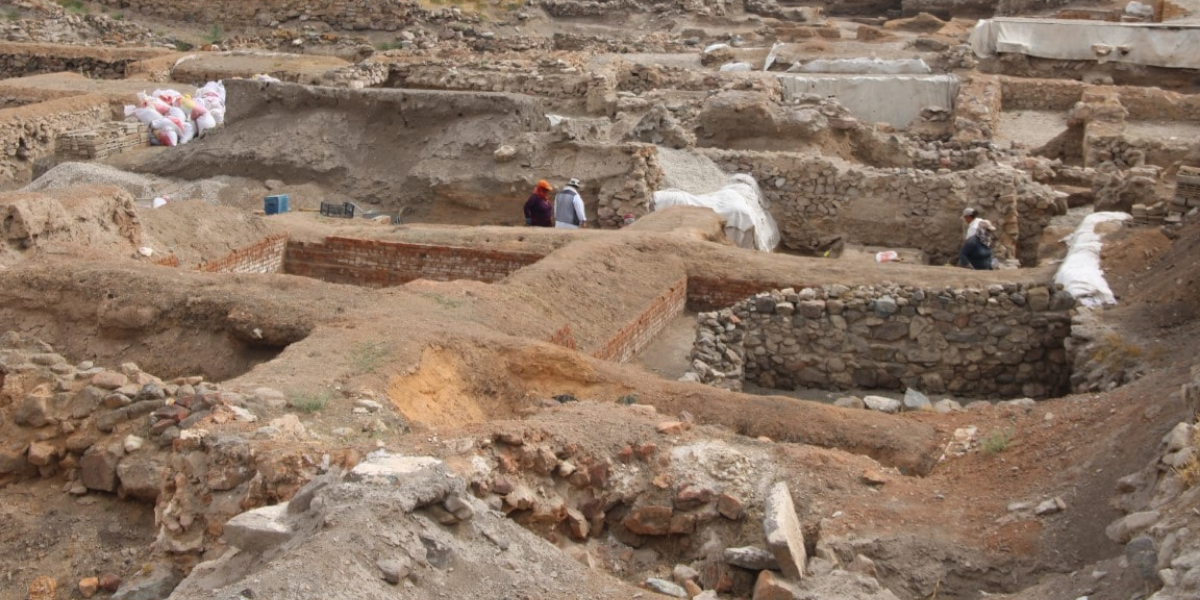
Climate change may be the cause of the catastrophe 4200 years ago in Kültepe, where written history began in Anatolia
Experts think that climate change may have been the cause of the disaster 4200 years ago in Kültepe, the largest karum of the Assyrian trade colonies period when written history began in Anatolia. Kültepe, also known as Kaniš or Neša, is located in the province of Kayseri in modern-day Türkiye. Thanks to the cuneiform tablets
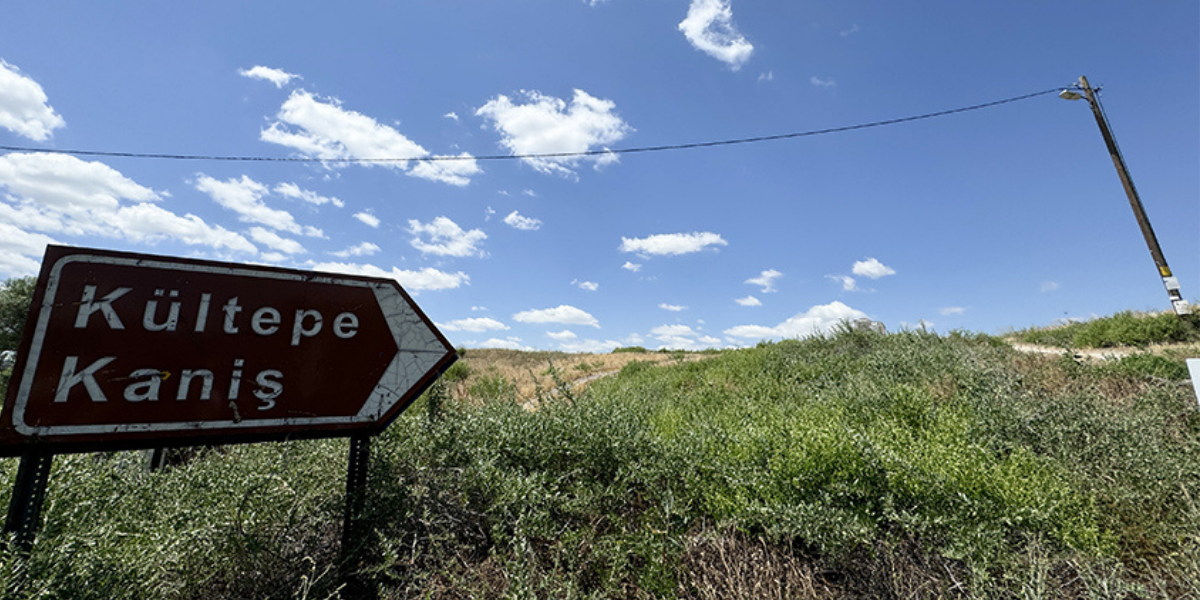
Traces of the mega-drought that is thought to have caused the fall of the Akkadian Empire will be investigated in Kültepe
In Kültepe, traces of a mega-drought, thought to have played a role in the collapse of the Akkadians, the first ancient empire founded in Mesopotamia after the fall of the Sumerian civilization, will be investigated. Kültepe/Kanesh is known as the place where written history began in Anatolia. It is one of the most important karums
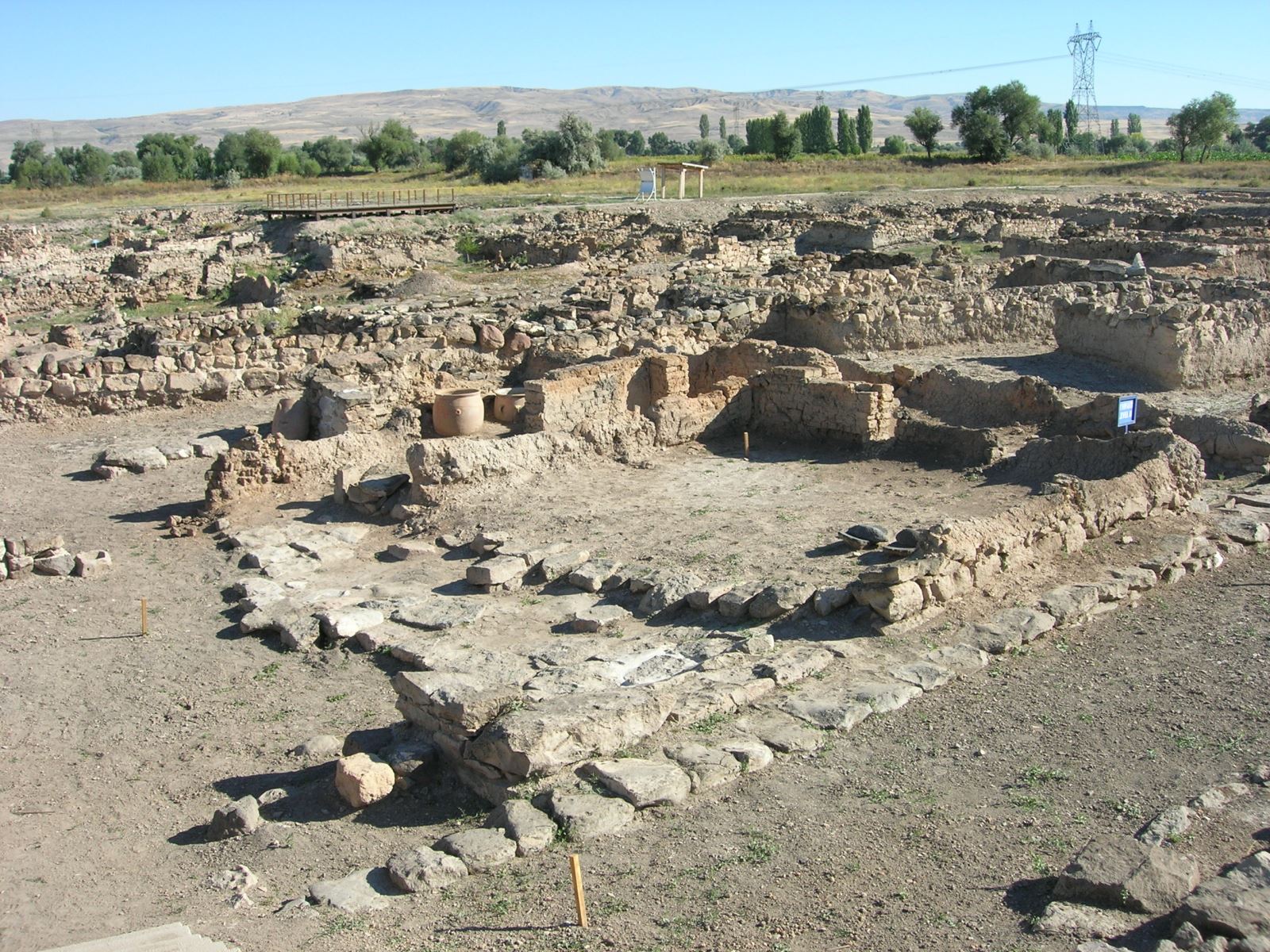
Excavations have started at the Kültepe ruins where the oldest written documents in Anatolia were found
The 76th year of excavations at Kültepe, an important karum in Anatolia during the Assyrian trade colonies, has begun. Kültepe is about 24 km from Kayseri city center. It functioned as an important trade center of the Assyrians and Hittites from 2000 BC to 1200 BC. The most important feature of Kültepe is that the
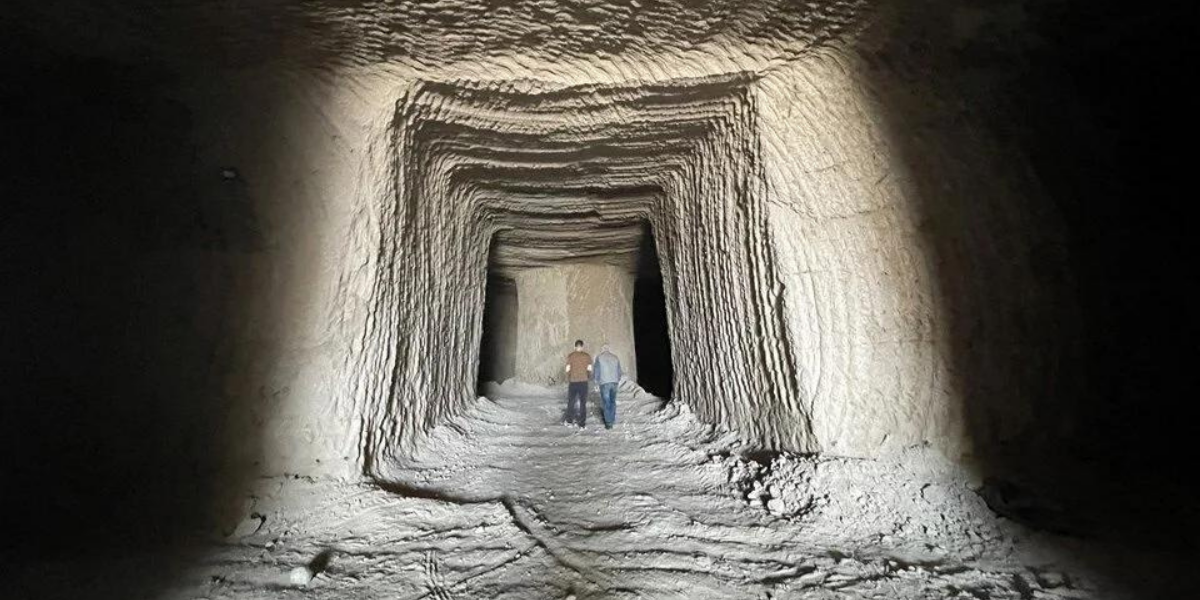
The 4000-year-old clay tablets discovered in Kültepe excavations will be exhibited in the rock-carved Kültepe Museum
The construction of the rock-carved Kültepe Museum, where clay tablets unearthed during archaeological excavations in the Kültepe/Kanesh karum, founded by Assyrian merchants in Anatolia, will be exhibited, continues. Kültepe/Kanesh Karum is an important archaeological site because it is the starting point of written history in Anatolia. Excavations in Kültepe, which dates back to 6000 years,
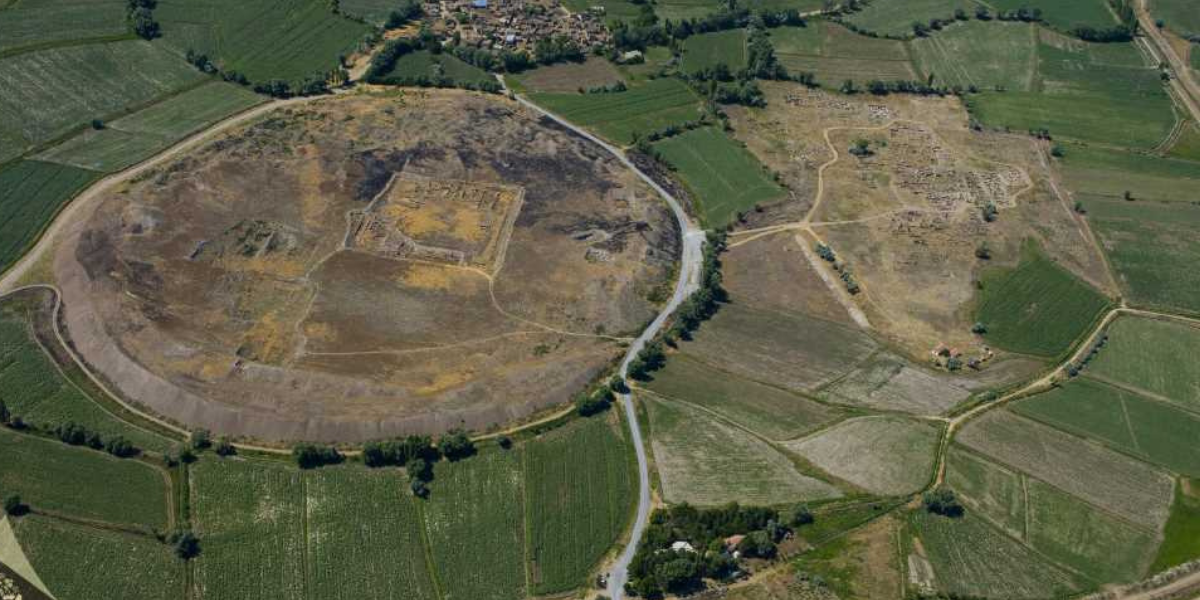
The first company in Anatolia was founded 4000 years ago in Kültepe with 15 kilos of gold
A 4000-year-old tablet found in Kültepe, one of the most important karums of the Assyrian trade colonies, shows that the first company in Anatolia was established in Kültepe. A 4000-year-old tablet found during excavations at Kültepe Karum, administrative center of the ten Karums established by the Assyrians in Anatolia, shows that the first company in

The 2000 year old Anisa Plate shows that Greek was spoken in Anatolia at that time
The Anisa Plate with a 2000-year-old parliamentary resolution found in Kültepe, the most important karum of the Assyrian trade colonies, shows that Greek was used in Anatolia at that time. Kültepe Karum is located in the province of Kayseri in central Turkey. Kültepe/Kanesh is about 20 km from the center of Kayseri. Kültepe Kanesh Karum
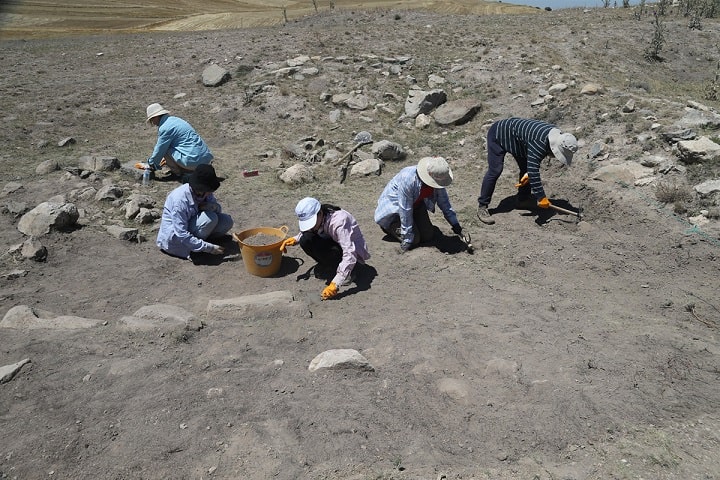
The aim is to unearth important findings from the Hittite period in Külhöyük
The Külhöyük, located in the Gölbaşı district of Ankara, the capital of Türkiye, continues to provide data shedding light on Hittite history. The location of Külhöyük on the road network through which the Hittites reached the Cilicia region has made it a significant center both militarily and commercially throughout the ages. Külhöyük was discovered as

The new discoveries at Kültepe Kanesh Karum, which was the accommodation place for Assyrian traders
New discoveries shedding light on the Bronze Age period have been made in ongoing excavations at Kültepe Kanesh Karum, which served as the trading hub for Assyrian merchants who brought writing to Anatolia. Kültepe Kanesh Karum is located in the Kayseri province of Türkiye. In the Assyrian language, ‘karum’ means harbor or port, and it
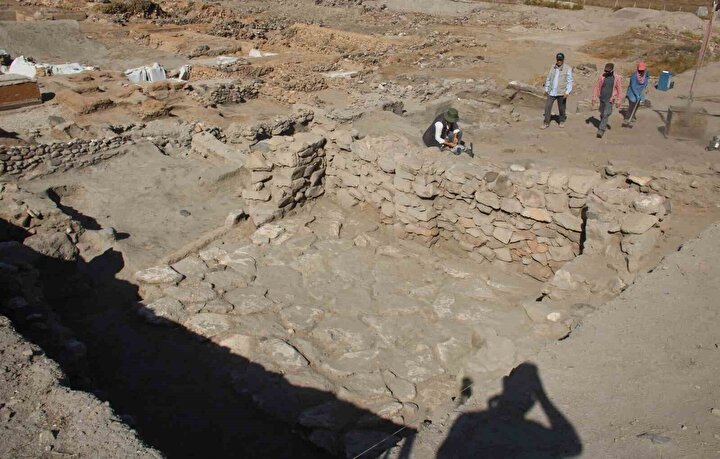
Archaeologists unearthed 4200-year-old various wheat grains in Kültepe
Various wheat grains that are 4200 years old were unearthed in Kültepe, located in the province of Kayseri, Türkiye. Kültepe is an archaeological site that was the center of the Assyrian trade colony (karum in Assyrian) in the Early Bronze Age. The cuneiform clay tablets excavated in Kültepe dating back to the 20th and 19th
